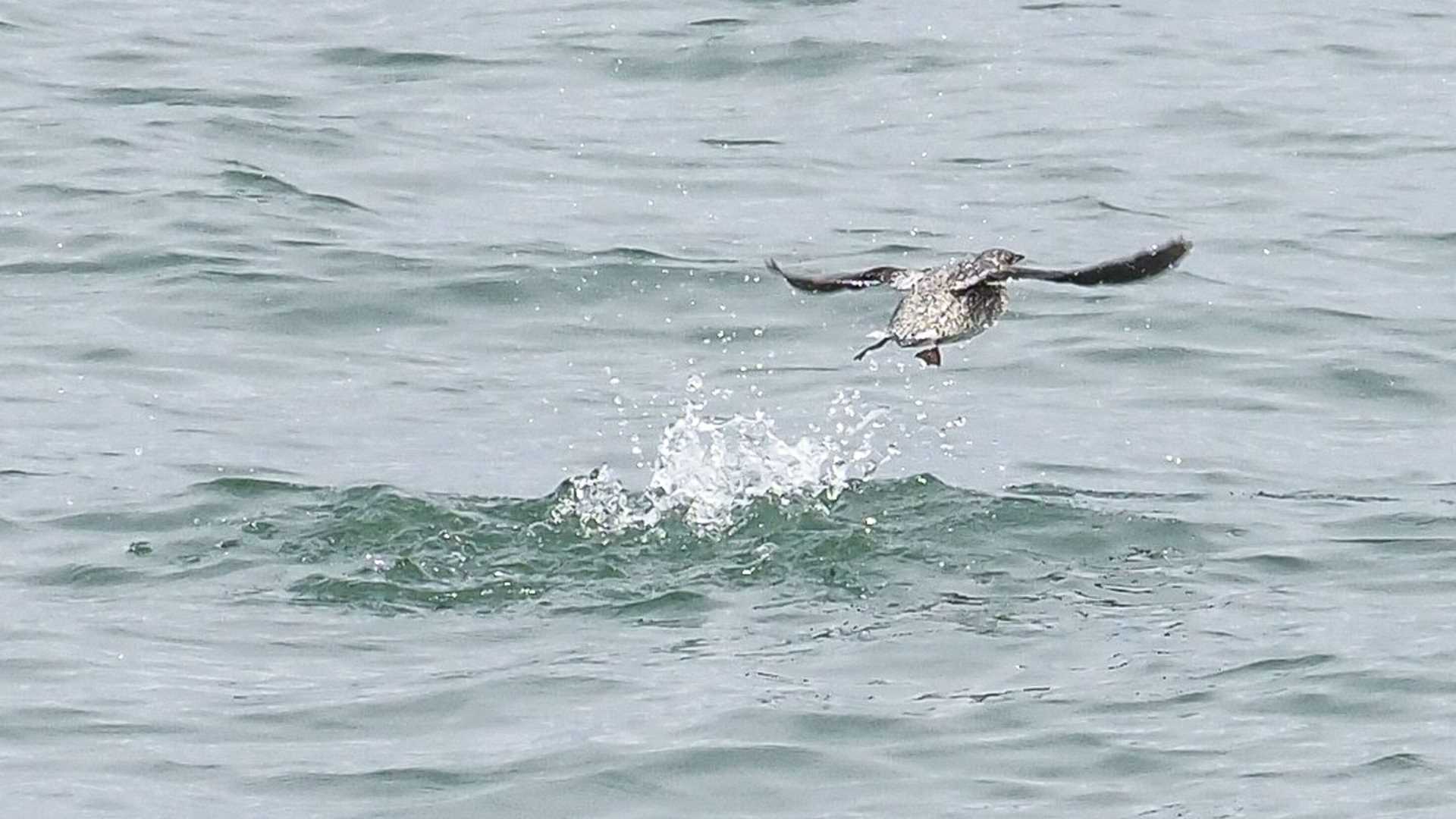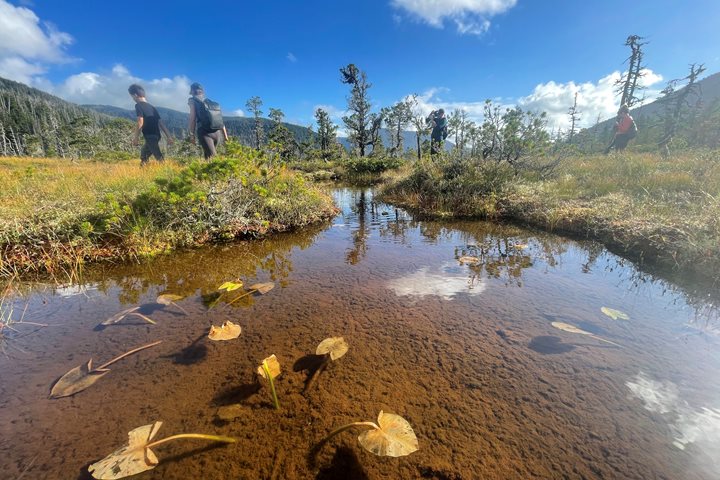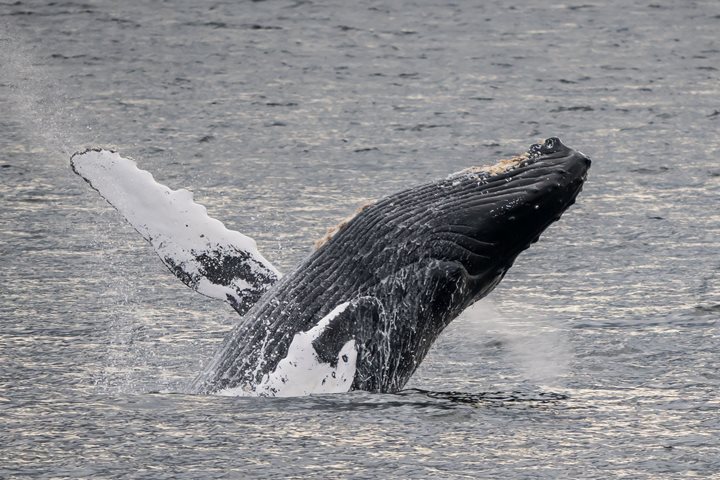Happy solstice and welcome to Glacier Bay National Park. This massive chunk of land, established as a living laboratory to better understand how a denuded, post-glacial landscape reestablishes itself following glacial retreat, is one of the crown jewels of our national park system. As an amateur glaciologist, I’ve spent the past 15 years exploring, photographing, and documenting the glaciated regions of our planet, from Antarctica to the Arctic. With that experience in mind, you would think I’d be overwhelmed by the diversity of ice this bay has to offer. While that is true, I am equally intrigued by the wildlife that has recolonized this landscape.
Of all the life that has returned with the substantial retreat of glacial ice since the late 1700s, it is the birds that fascinate me most. While we saw numerous brown bears, mountain goats, and humpback whales today, there were various species of birds at every turn throughout the park. We spotted over 20 species from the north end of the park to the south. Many of those were in the alcid family, a group of small diving birds related to puffins. And there were puffins today as well. Two of the three global species as a matter of fact. Tufted and horned. But the gem of the day for me was my first good look at a Kittlitz’s murrelet. This tiny little diving bird could have just as easily been one of the hundreds of marbled murrelets we saw flying low across the water today. Unlike the brown on brown, stiff-winged marbled murrelets, the Kittlitz’s have a mottled grey color with distinct white feathers by their tail and a slightly floppier wing beat. Of all the glaciers, bears, goats, and birds we saw today, it was this demure, unassuming seabird that made my Glacier Bay day complete.







